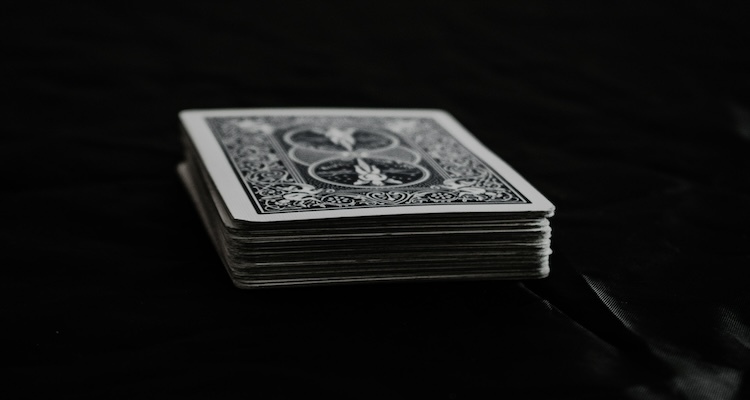
The International Olympic Committee made a bold move in 1999 by recognizing bridge as a "mind sport," despite skepticism about whether a card game deserves athletic status. This recognition placed bridge among traditional athletic competitions and started an intriguing debate about the true nature of sports.
Bridge's competitive spirit shines through its worldwide reach. The 2018 Asian Games showcased this perfectly, with more than 200 players from 14 nations competing for glory. Athletes like 85-year-old Kong Te Yang demonstrated the sport's unique ability to transcend age barriers. Polish schools have welcomed this rise by teaching bridge and helping develop over 10,000 junior players.
Bridge's trip from casual card tables to international sports arenas reveals an interesting story of legal challenges, mental athletics, and a continuous push for wider acceptance. This mind sport keeps reshaping our traditional views of athletic competition.
Bridge grew from the card game whist in the 19th century, and its path to becoming a recognized sport started in the 1920s. Harold Vanderbilt introduced the modern form of contract bridge during a cruise. He added strategic elements that would later define its competitive nature.
The game picked up pace with several key milestones:
Bridge evolved from casual social gatherings to prestigious tournaments after these developments. The World Bridge Federation also lifted the game's status by introducing standardized rules and promoting it globally.
The game's competitive side grew by a lot, and the World Bridge Series Championships became the life-blood of international competition. These championships, 60 years old, now feature multiple categories including open, women's, and seniors' events.
Bridge now follows the same professional standards as other competitive sports and complies with World Anti-Doping Agency regulations. This development shows an amazing trip from card tables to international sporting recognition.
Bridge sport's legal recognition has faced many challenges in different jurisdictions. The European courts have seen some interesting cases, as the English Bridge Union (EBU) fought hard to establish the game's sporting status.
The biggest setback happened when the European Court of Justice decided that bridge must have "a not negligible physical element" to be considered a sport. Notwithstanding that, several European nations have their own views on bridge. The current situation varies across countries:
Beyond these national views, a major hurdle emerged when Sport England refused to recognize bridge as a sport because it lacked physical activity. This decision hit hard, as bridge clubs could not get lottery funding or apply for grants to improve their facilities.
Money has been a real issue. The legal fights were expensive - the English Bridge Union paid £100,000 in litigation costs and had to cover Sport England's £50,000 expenses. So these challenges have impacted both the sport's status and its growth potential.
The game continues to prove its worth, especially when you have older players. Bridge creates a strong sense of community that lines up with our goal to promote social activities through competition.
Bridge sets itself apart from physical sports through its unique mental challenges. Research shows that we rely on our intellectual abilities rather than physical skills when playing bridge. This makes it a perfect example of a mind sport.
Playing bridge can help your brain stay healthy. Players have up to 75% lower risk of getting Alzheimer's and other types of dementia compared to people who don't exercise their minds. The game works out several parts of your brain at once:
Bridge's player demographics tell an interesting story. Most active players are over 70 years old. This makes bridge one of the few competitive activities where your age doesn't hold you back from being great.
Bridge welcomes everyone to play. Your age, income, or physical condition don't matter when you sit down at the bridge table. This open nature makes bridge different from regular sports that often come with physical demands or age limits.
Science backs up bridge's benefits for your brain. The game turns on your dorsolateral cortex, which handles your brain's advanced functions. On top of that, bridge's social side is vital. Recent studies show that older adults who stay connected through activities like bridge keep their minds sharper.
Bridge shows how competitive activities can exceed traditional athletic boundaries. This card game has evolved into a globally recognized mind sport that challenges our typical view of athletic competition.
Bridge continues to demonstrate its value through remarkable cognitive benefits and unmatched inclusivity, even with legal hurdles and different recognition levels across countries. Research definitely supports the fact that bridge provides unique advantages for mental health, especially when you have older adults playing.
The most striking aspect of bridge is how it creates a competitive space where age doesn't affect excellence. This unique feature distinguishes it from regular sports, and anyone can participate whatever their physical limitations might be.
Bridge sport's future holds both challenges and opportunities. Some regulatory bodies still debate its sporting status, but the game's proven brain benefits and growing worldwide presence point to a bright future. The game proves that true athletic competition goes beyond physical abilities and values mental agility and strategic thinking just as much.
